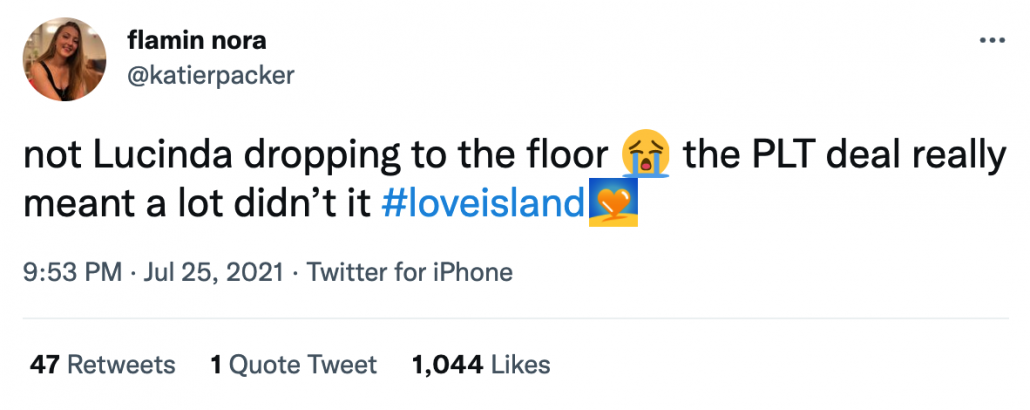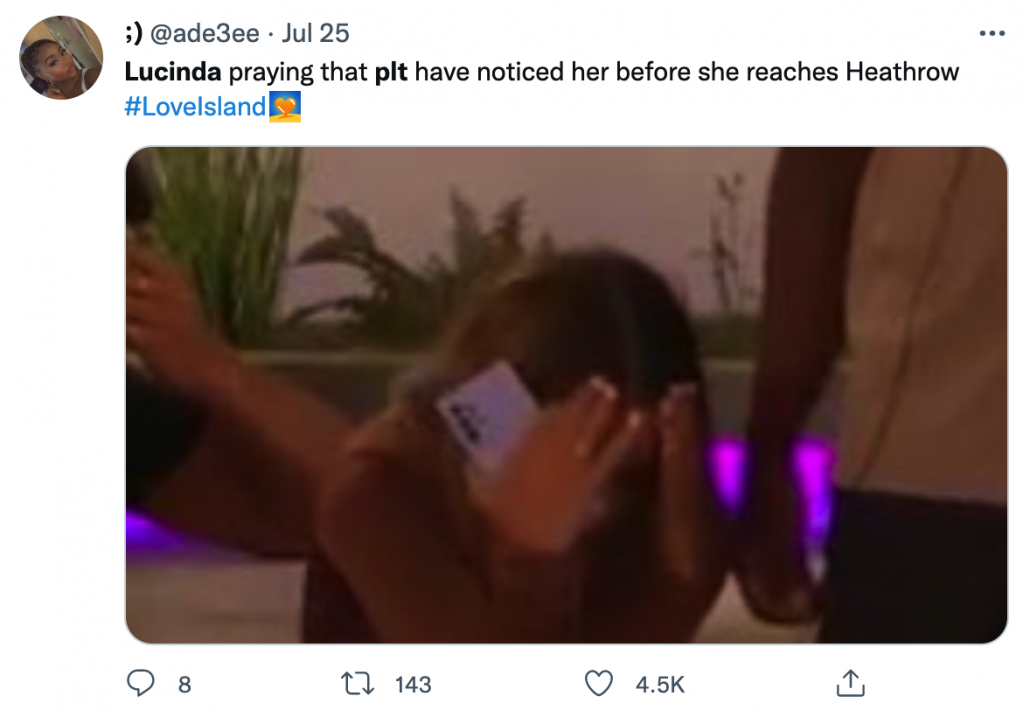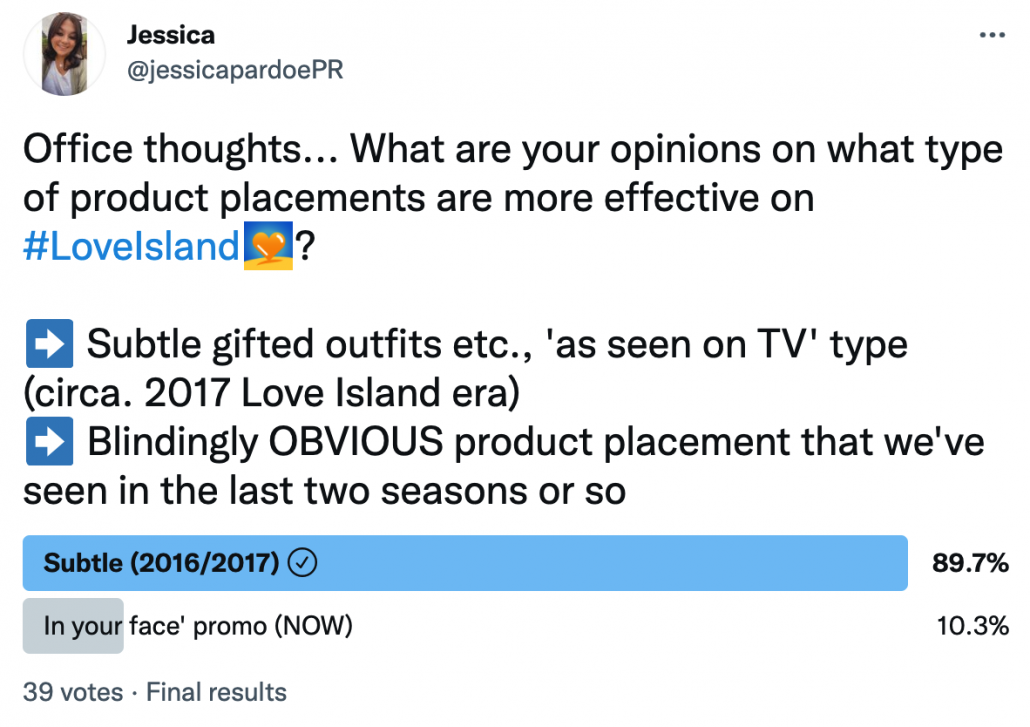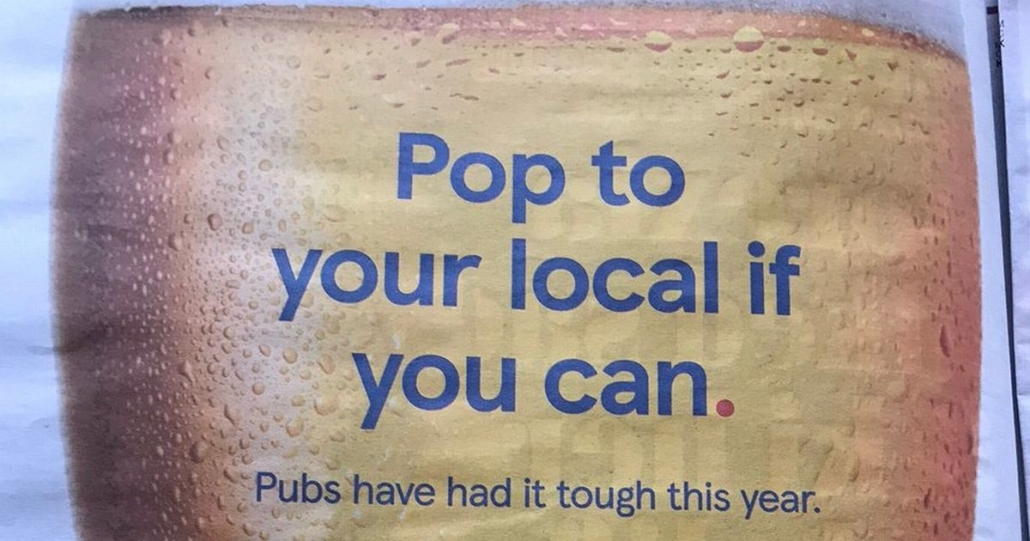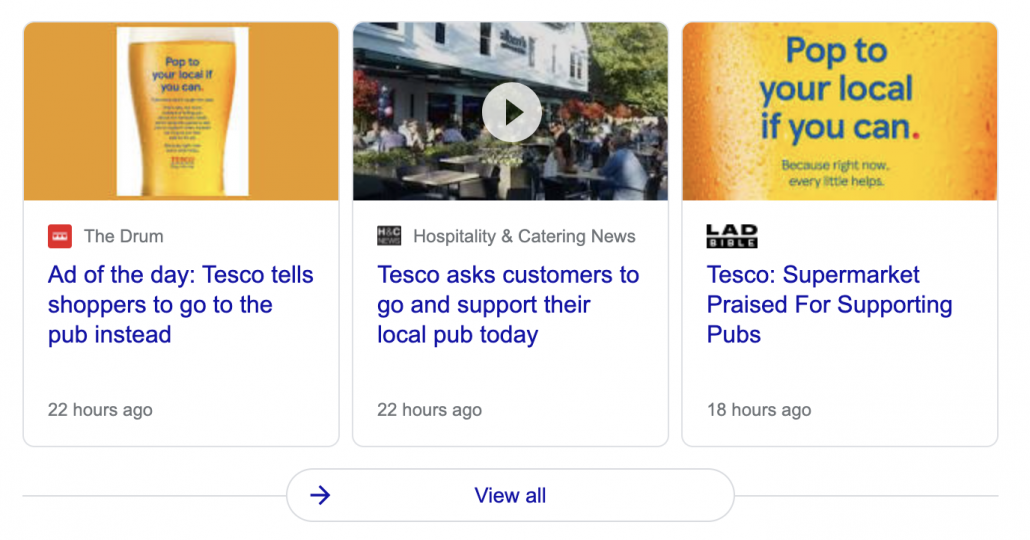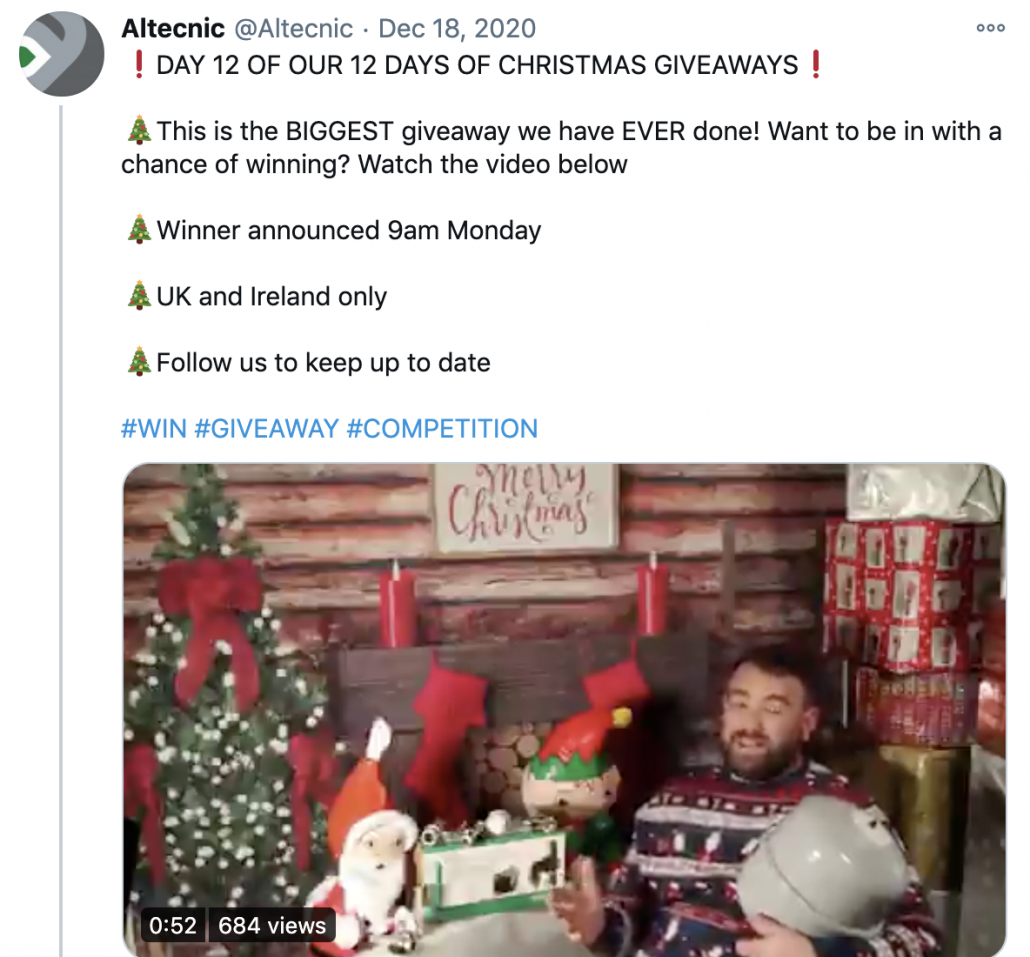Insta Threads: Exploring The New Social Media App
In the dynamic realm of social media, the emergence of new platforms always garners attention, intriguing both users and businesses. Among the latest additions this week, ‘Threads’ has been generating buzz. But what is Threads? In this blog, we’ll take a closer look at its origins, and its relevance in the social media landscape. Additionally, we’ll address the pressing question: Do we really need another social media app?
The Birth of Threads
Threads, developed by Facebook, was created as a companion app to Instagram, catering specifically to close friends and intimate circles. Its inception was rooted in the desire to offer users a more private and focused space for sharing content, messages, and updates within a select group of contacts. Threads prioritises real-time communication, enabling users to capture and share the present moment with their inner circle.
Threads Key Features
Reinforcing Privacy – In an era where privacy concerns are paramount, Threads addresses this need by providing users with a secure and intimate platform to connect with their closest friends. With its emphasis on sharing content exclusively with chosen individuals, Threads cultivates an environment of trust and exclusivity.
Real-Time Connection – Threads’ focus on immediate updates facilitates authentic and timely interactions. By encouraging users to share instant updates and statuses, the app fosters a sense of immediacy and facilitates stronger connections between friends.
Targeted Engagement Opportunities – For PR agencies and businesses, Threads offers a unique avenue to engage with a highly involved audience. Leveraging the app’s intimacy, companies can communicate directly with a select group of loyal customers, fostering a stronger sense of community and personalised connection.
Should Your Business Be on Threads?
This question looms large as the social media landscape becomes increasingly saturated. However, Threads brings notable advantages to the table that can benefit PR agencies and businesses.
Niche Audience Targeting – If your PR agency caters to a specific audience or operates within a niche market, Threads presents an opportunity to engage directly with a select group of customers. Leveraging the app’s privacy features, you can foster a sense of exclusivity and build stronger relationships with your most dedicated followers.
Authentic Brand Storytelling – Threads’ emphasis on real-time updates and genuine content sharing aligns well with the focus on authenticity in modern PR. By utilising the app, your agency can showcase the human side of brands, fostering deeper connections and enabling more personal and engaging storytelling.
Relationship Building – PR agencies thrive on building strong relationships with clients and target audiences. Threads allows you to connect with a small, loyal customer base, facilitating meaningful conversations, gathering valuable feedback, and creating a tight-knit community around your clients’ brands.
Remember, adopting a new social media app like Threads should be a strategic decision based on careful evaluation. Ultimately, it’s up to you, your brand, and your PR team to decide if you would like to adopt another social account to connect with your customers. Prioritise aligning with your overall brand strategy, assessing available resources, and understanding the relevance and potential benefits of Threads for your target audience.
Do We Really Need Another Social Media App?
While Threads may present itself as a new social media app, it’s important to recognise that it follows a similar pattern seen in many other platforms. Brands are posting variations of the same content to more or less the same audience across multiple channels. With the interconnected nature of social media, it’s unlikely that newer apps like Threads will exist in isolation from other established platforms. In fact, Threads requires users to link their account to Instagram, indicating a connection and overlap between the two. Consequently, one could argue that by adopting additional social accounts, brands may end up targeting the same audience through different channels. It raises the question of whether the efforts put into maintaining yet another social media app truly bring added value or simply dilute resources and fragment the audience further.
In conclusion, as a PR agency, we understand the importance of staying informed about new developments in the social media landscape, including apps like Threads. While we have examined the potential benefits and considerations surrounding adopting another social media app, it’s important to remember that each brand’s situation is unique. We encourage you to share your thoughts on Threads or any other social media platform with us across our various social media channels.
If you need assistance with your own business’s social campaigns and strategies, we are here to help. Feel free to get in touch with us for expert guidance and support.

